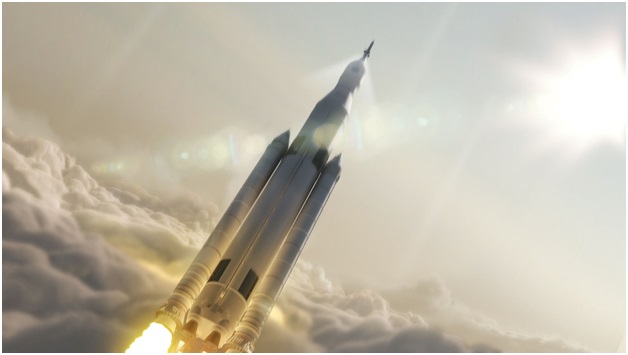I have been blogging recently about commercial space companies and foreign launch services. Today I am going to focus on recent and current major projects of NASA in the United States.
From 2005 to 2009, NASA worked on the Constellation Program for human spaceflight. The three major goals of the program were to aid in the completion of the International Space Station, return astronauts to the moon by 2020 and to carry human beings to Mars. The project was launched with the NASA Authorization Act of 2005. The Act directed NASA to "develop a sustained human presence on the Moon, including a robust precursor program to promote exploration, science, commerce and US preeminence in space, and as a stepping stone to future exploration of Mars and other destinations." The Augustine Committee reported in 2009 that the Constellation Program could not be completed without substantial increases in funding. The NASA Authorization Act of 2010 effectively shelved the program but left current contracts in place.
In 2011, NASA announced adoption of the Space Launch System design to replace both the Ares 1 and Ares V Constellation launch vehicles. NASA envisions a series of SLS vehicles. The first version is called Block 1 and it will be able to launch seventy metric tons into low Earth orbit (LEO). Then the Block 1b will follow with the ability to take one hundred and five metric tons into LEO. The engines of the Block 1 vehicles will be based on the Space Shuttle.
The Exploration Upper Stage will be developed as a more powerful second stage for the Block 1b. The EUS will complete the launch phase for the payload insertion into orbit. It will then be able to carry the payload beyond Earth orbit to other destinations such as the Moon.
The Block 2 version of the SLS will be constructed with much more powerful engines. It will be designed to carry one hundred thirty metric tons into LEO. It will be the most powerful heavy launch vehicle ever constructed. It will also utilized the EUS.
Block 1 will carry the Orion space capsule on a circumlunar mission as part of Exploration Mission 1. Block 1b will carry out Exploration Mission 2 to rendezvous with a near-Earth asteroid. Block 2 is intended for a Mars mission.
In 2011, ten billion dollars was allocated for work on the SLS through 2017. Independent analysis suggested that this budget estimate was optimistic. An unofficial NASA document estimated that the total cost of the SLS program would be over forty billion for four launches by 2025. Block 2 would not be ready until 2030. In 2014, estimated costs from 2014 up to the first planned launch in 2018 were seven billion dollars.
Critics of the SLS say that it would be more cost effective to use cheaper commercial launch systems to ferry sections of spacecraft to LEO for assembly in orbit. They complain that the expenditure of so much money on the SLS will consume funds that could be better spent on other NASA projects.
Artist's rendering of the launch of a Block 1 SLS:
